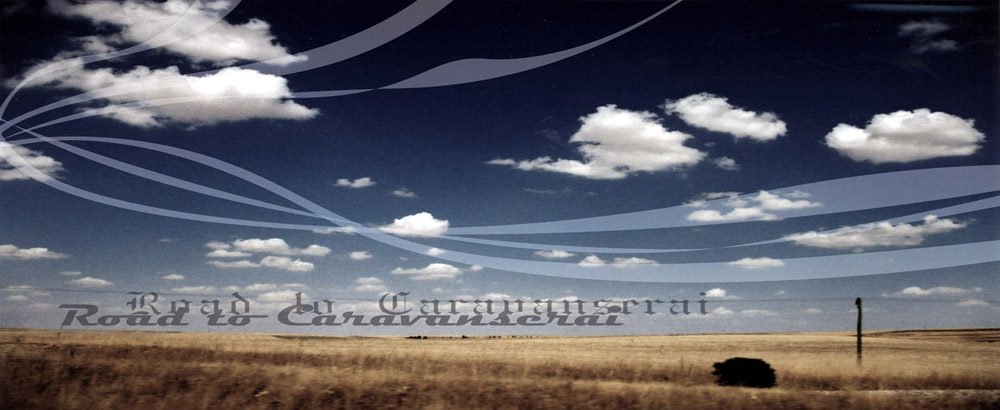




In City of Black-and-White, every speck of grime on the timber sidings of an old house calls on memories of transient splendors of a great city. Filled with houses whose wooden facades have never been painted for decades, contemporary urban landscape becomes a series of age-old postcards, monotonous and serene. Here humble architecture stands unchanged beyond generations.
Morning smoke from the chimney reveals that the crooked timber house is still occupied. Since an earthquake in the 16th century and until the fall of the Ottoman Empire, timber was the primary construction material for vernacular architecture in Istanbul. This house is probably built in the 19th century when influx of refugee flocked to the ancient Ottoman capital, raising the demand for narrower and smaller dwellings in densely populated areas. The cantilever bay on the upper floor, a common architectural feature during that time, reflects the needs to maximize living space and to shelter the pedestrians on the street below. Despite being inscribed on the UNESCO World Heritage List in 1985, Istanbul’s historical areas are continuously facing the threats from urban transformations. Efforts have been made to maintain this historical urban fabric, a provocative setting of melancholy that reminds people of the bygone eras of the empire. Yet, in a city of 11 million inhabitants, Istanbul’s urban evolution has no turning back. Just as one of the locals commented while I was taking the photo, ‘This house will be gone in 2 years. Look at it, it’s crooked! No one wants to live in it.’

No comments:
Post a Comment